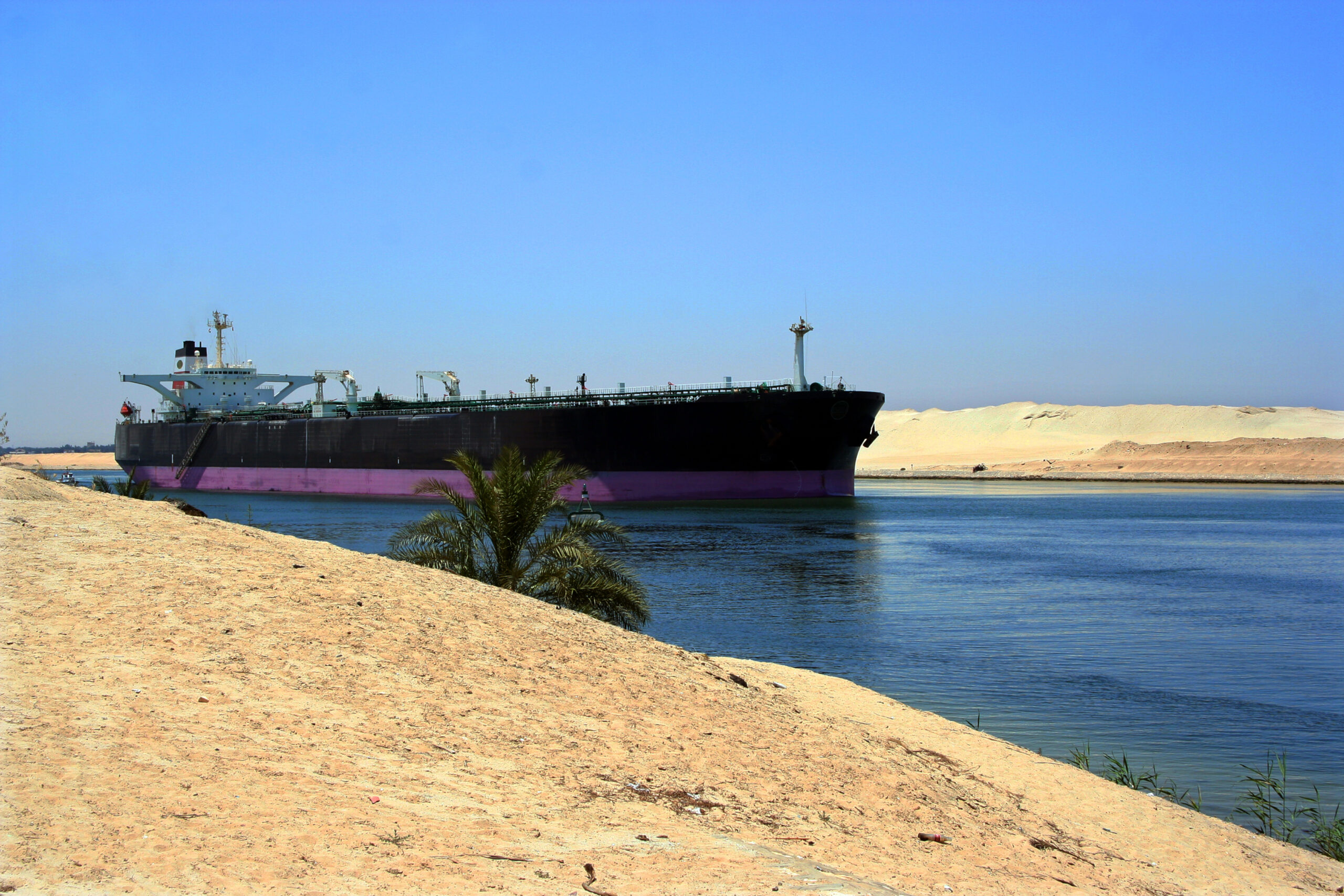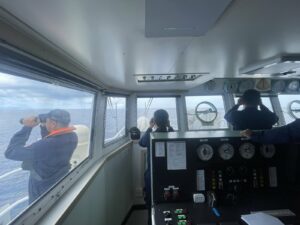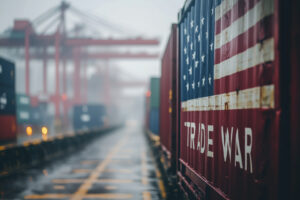Shadow tankers have been involved in at least 50 incidents to date, including fires, engine failures, collisions, loss of steerage, and oil spills.
The cost of dealing with these incidents often falls on governments or other vessels’ insurers if one is involved in an incident, according to insurance company Allianz, in an article which is adapted from the latest edition of Allianz Commercial’s annual Safety and Shipping Review due to be published during May 2024.
Allianz explains that Russia is not the only country to operate a shadow fleet. Iran and Venezuela have used such tankers to circumvent sanctions and maintain oil exports. Estimates put the size of the dark fleet at between 600 to 1,400 vessels, roughly a fifth of the overall global crude oil tanker fleet.
Allianz Commercial marine experts in this article look also at some of the major consequences, including the effect on crew, the prospect of more cyber-attacks and drone strikes as well as the multi-faceted impacts of rerouting.
Ukraine war: ‘shadow fleet’ risk to vessels and environment
They note that much of the shadow fleet is likely poorly maintained and may not have undergone appropriate inspections.
Shadow tankers also participate in the dangerous practice of ship-to-ship transfers in the open ocean, as well as turning off Automatic Identification System (AIS) transponders to obscure their identity.
“As long as there are sanctions on countries like Russia and Iran, the shadow fleet looks here to stay,” says Justus Heinrich, global product leader marine hull, Allianz Commercial. “Given the age of the vessels in the shadow fleet, safety is a big concern. Often these vessels are at the end of their operational lives and are used in a high-risk business.”
Attacks put crew welfare in the spotlight
One of the biggest concerns resulting from the attacks is the safety and wellbeing of seafarers. Hundreds of crew have been affected in the Red Sea alone, the latest crisis to impact shipping routes in recent years following the Covid-19 pandemic and Ukraine war, both of which left many seafarers stressed and fatigued having spent months at sea.
Drones and cyber: shipping faces worrying threat from new tech
The war in Ukraine and the Red Sea attacks have also revealed the increasing threat to commercial shipping posed by drones, which are relatively cheap and easy to make, and difficult to defend against without a large naval presence.
Houthi militants have used a wide range of weapons and attack methods against shipping in the Red Sea and the neighboring Gulf of Aden, such as anti-ship missiles and large aerial drones, including so-called ‘loitering munitions’ that circle an area before targeting the vessel.
Looking to the future, more technologically driven attacks against shipping and ports are a distinct possibility. Reports of vessels experiencing GPS interference and jamming, which can result in lost or inaccurate signals affecting navigation are increasing, particularly in hotspots such as the Strait of Hormuz, the Mediterranean and the Black Sea. Vessels’ Automatic Identification Systems (AIS) can also be spoofed and are open to cyber-attack.
Rerouting brings supply chain, trade, risk, inflation, and environmental challenges
The report cites data showing that the longer distances caused by rerouting container ships from the Suez Canal to the Cape of Good Hope result in an estimated 70% increase in greenhouse gas emissions for a round trip from Singapore to Northern Europe.
Shipping diversions from the Red Sea are already cited as being a primary cause of a 14% surge in the carbon emissions of the EU shipping sector during the first two months of 2024.
Rerouting, which will also require a shift in the shipping industry supply chain if large numbers of vessels switch to alternative routes around the Cape of Good Hope for a prolonged period, will require alternative bunkering, supply, repair, and maintenance facilities.
The risk environment could be impacted suggests Wayne Steel, senior marine risk consultant, Allianz Commercial.
Other areas impacted include container capacity, older vessels being kept in service as longer journeys means an increasing demand for ships, inflation – according to Allianz Trade analysis, a prolonged period of disruption in the Red Sea could cause it to increase by +0.5% – as well as the environment.
Somalia piracy threat re-emerges
The past year has seen maritime piracy rise with 120 reported incidents against ships. A big concern is the re-emergence of piracy off the Horn of Africa amid the wider security concerns in the neighboring Red Sea.
Between 2005 and 2011, they seized 149 ships and over 3,700 crew for ransoms totalling more than an estimated US$300mn.
Territorial disputes in the South China Sea
The Red Sea crisis shows just how important critical waterways like the Suez Canal are to the world economy, and how vulnerable they can be to disruption. It has also put the spotlight on other parts of the world where shipping routes are exposed to geopolitical events, such as in the South China Sea, where territorial disputes exist.
Meanwhile, tensions between the US and China remain, particularly over Taiwan.
“Political rivalries and conflicts are increasingly being played out on the seas and disputes over territories is not an issue that is likely to go away anytime soon,” says Captain Nitin Chopra, senior marine risk consultant, Allianz Commercial.
“Shipping companies should always be prepared for any potential sources of disruption to their operations and supply chains.”



